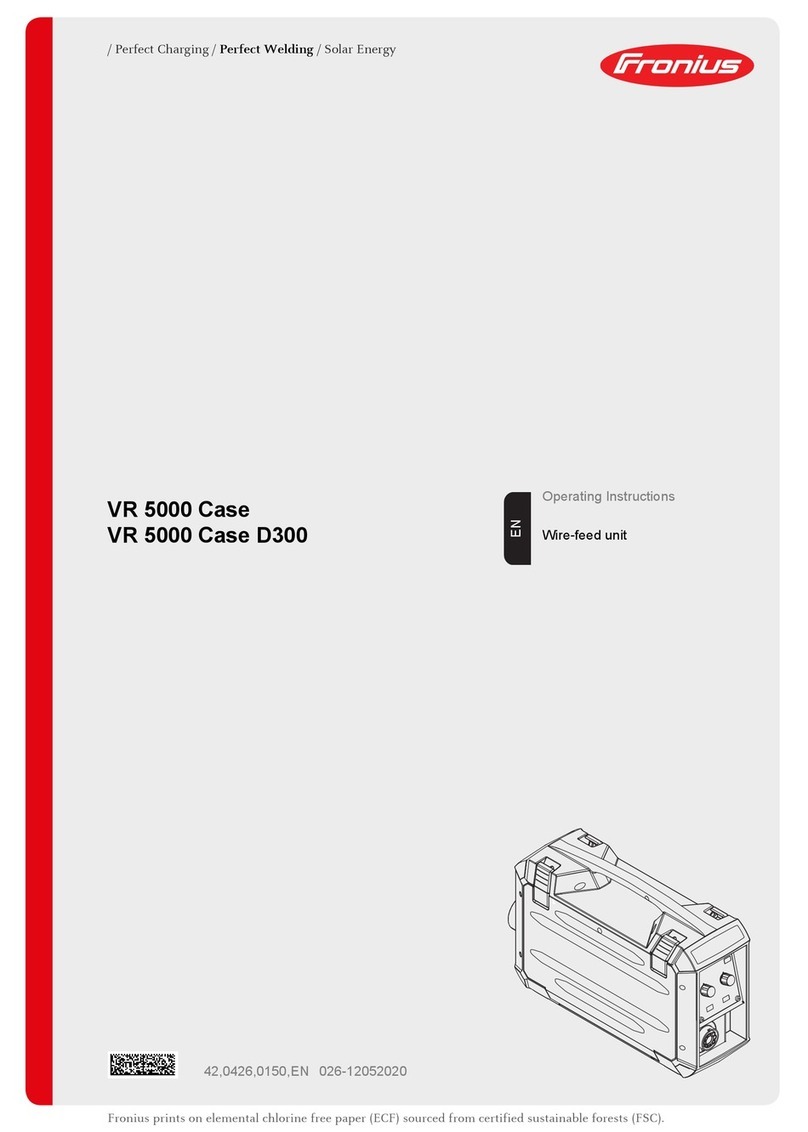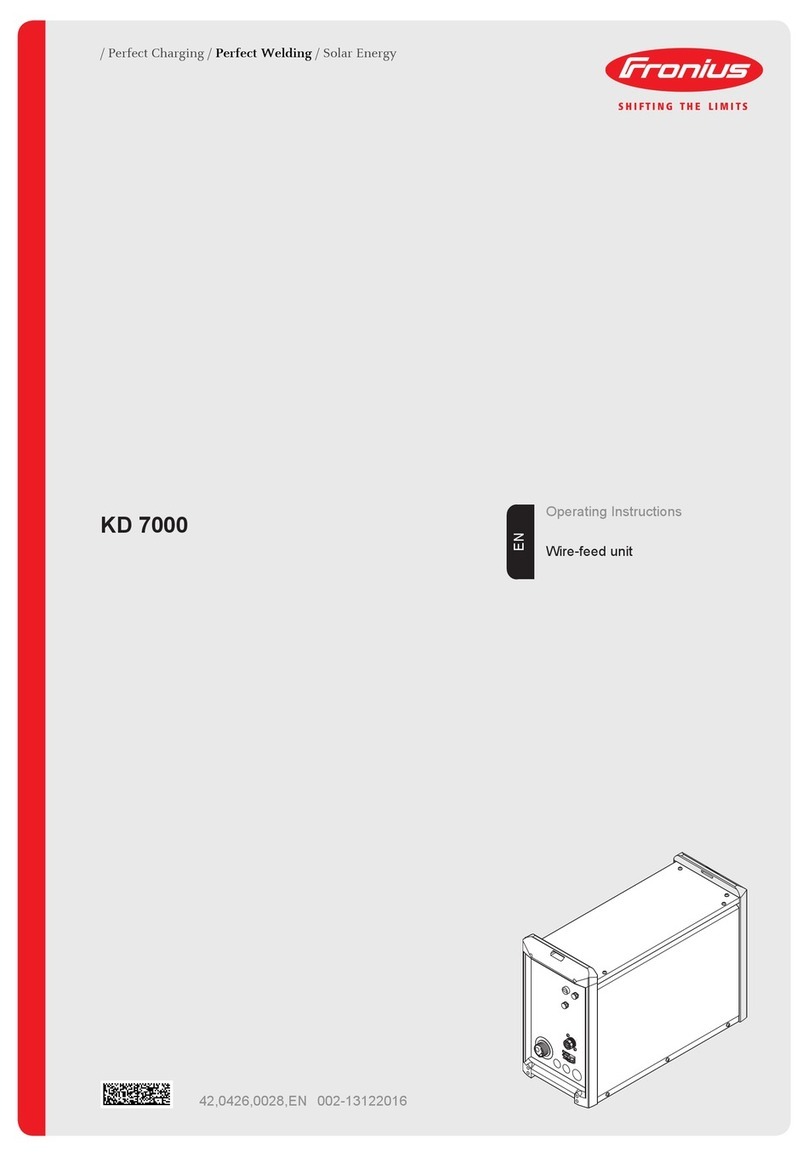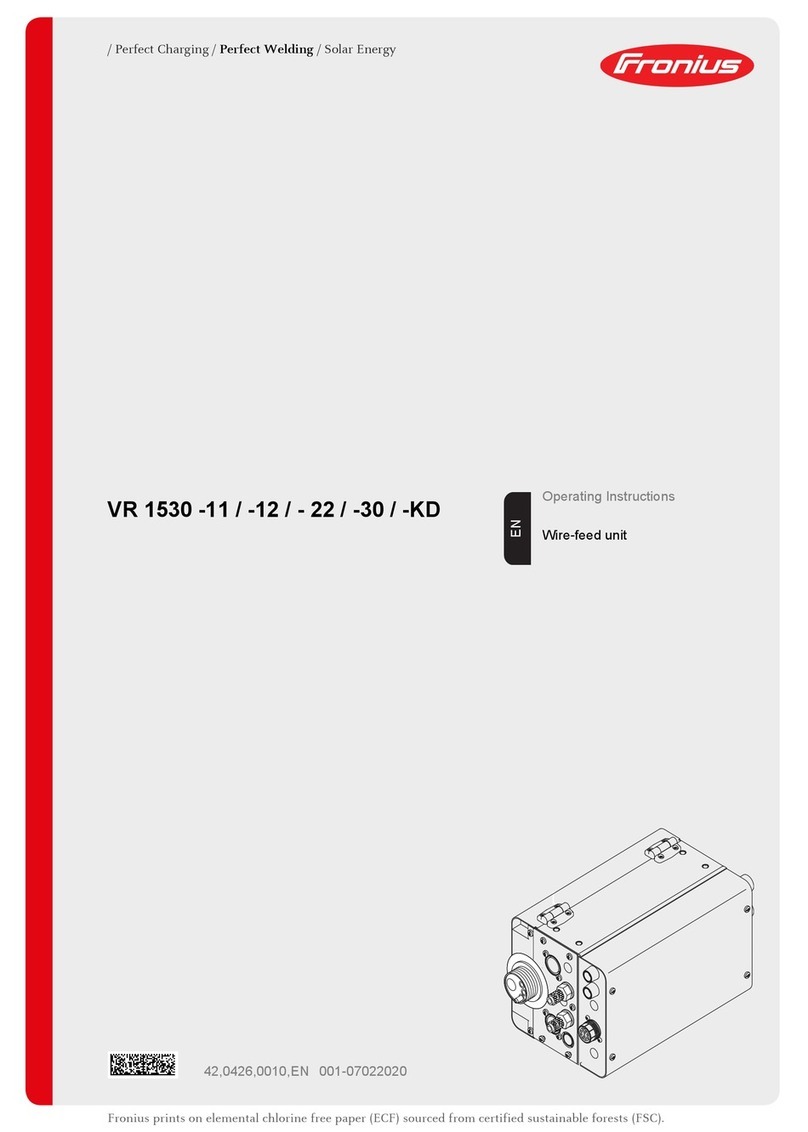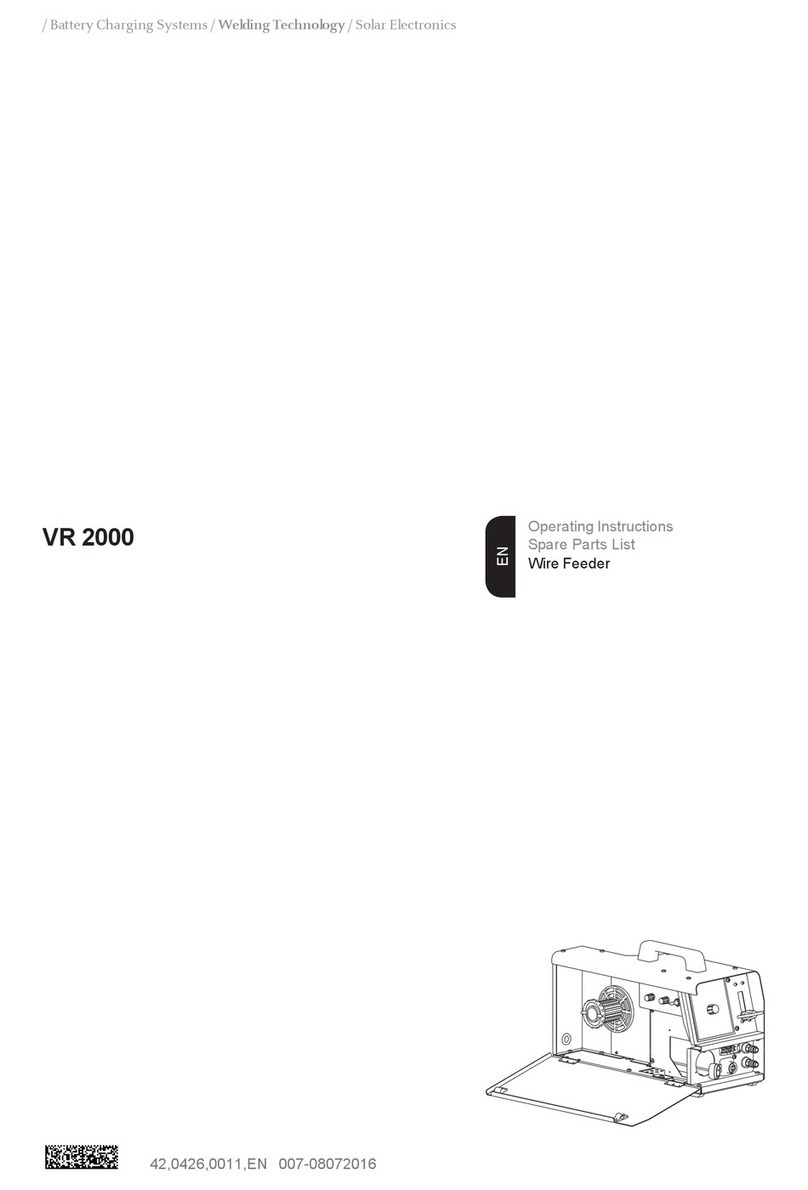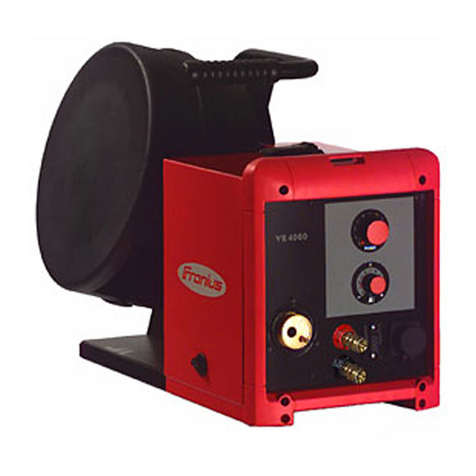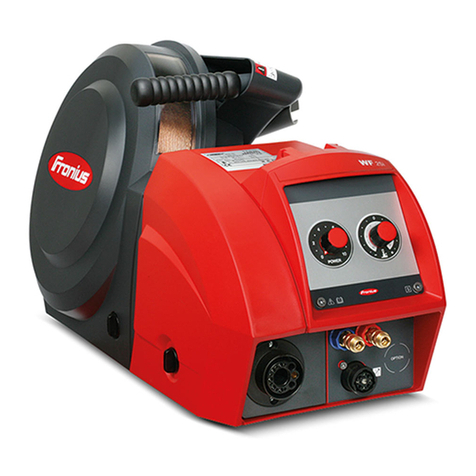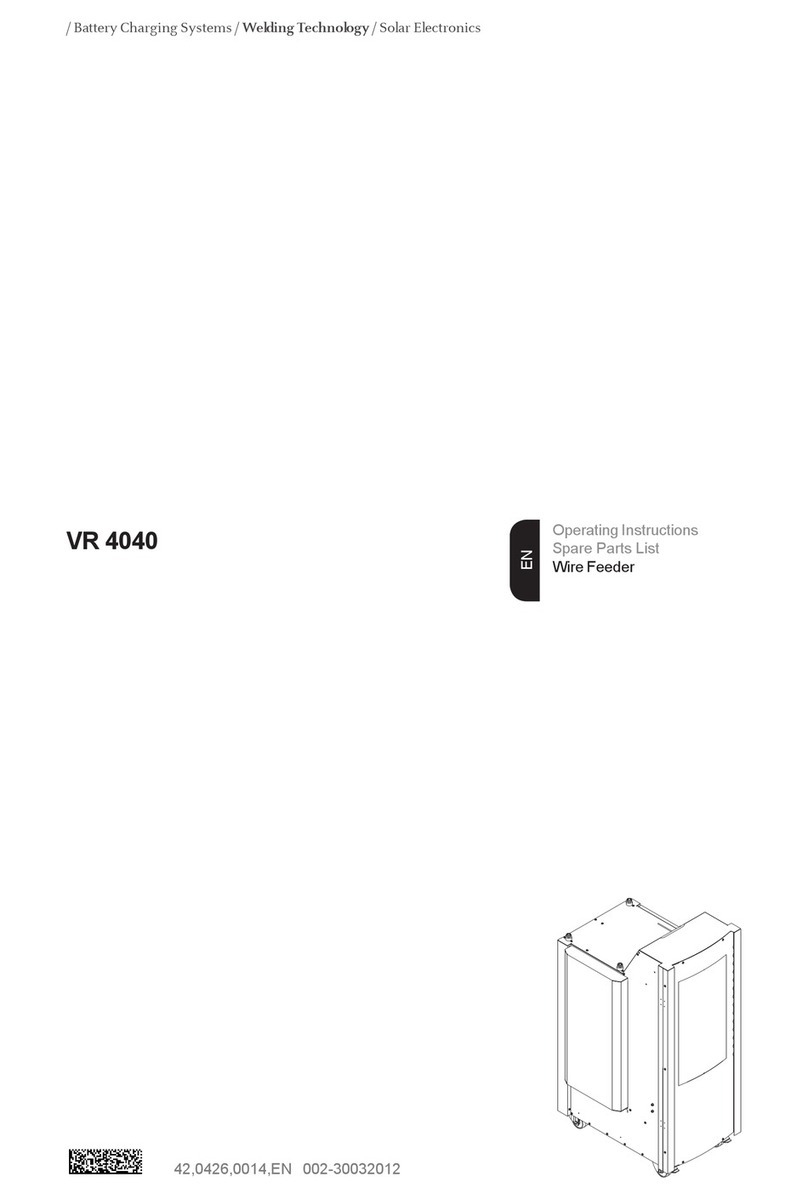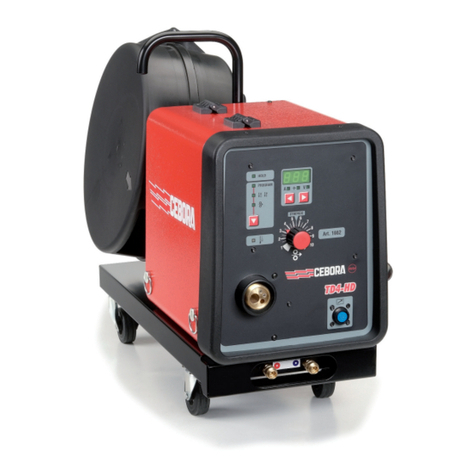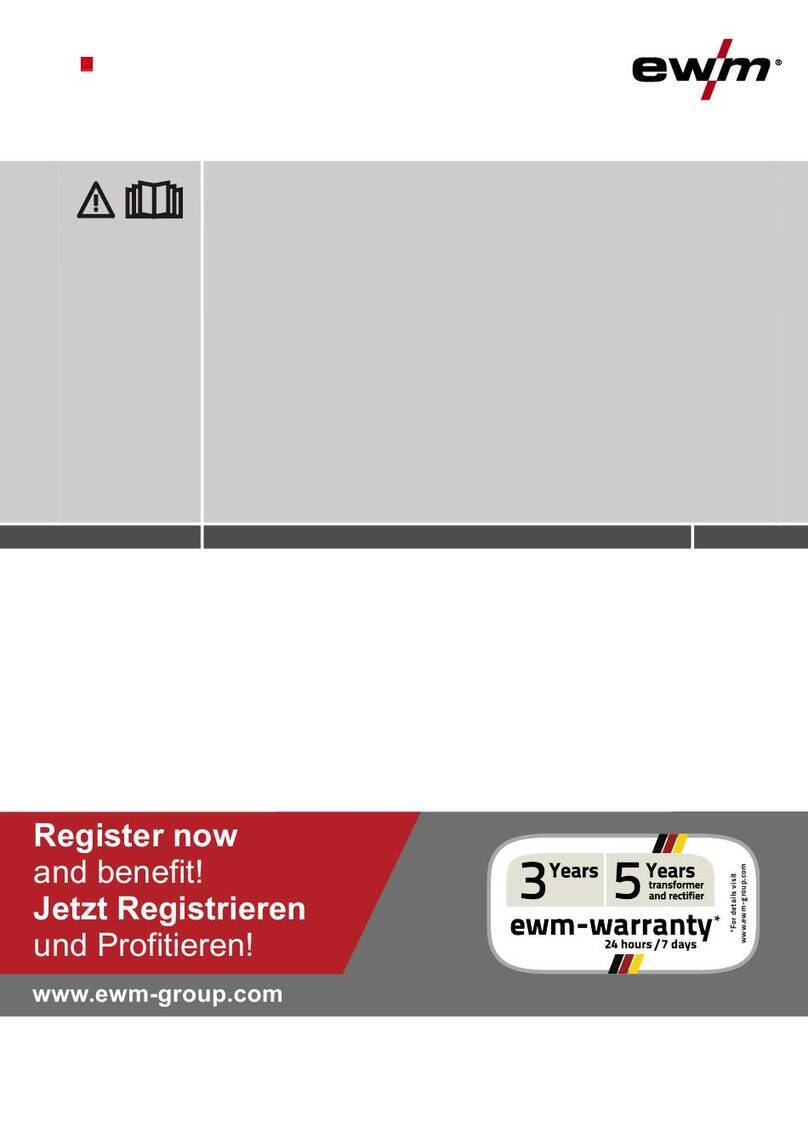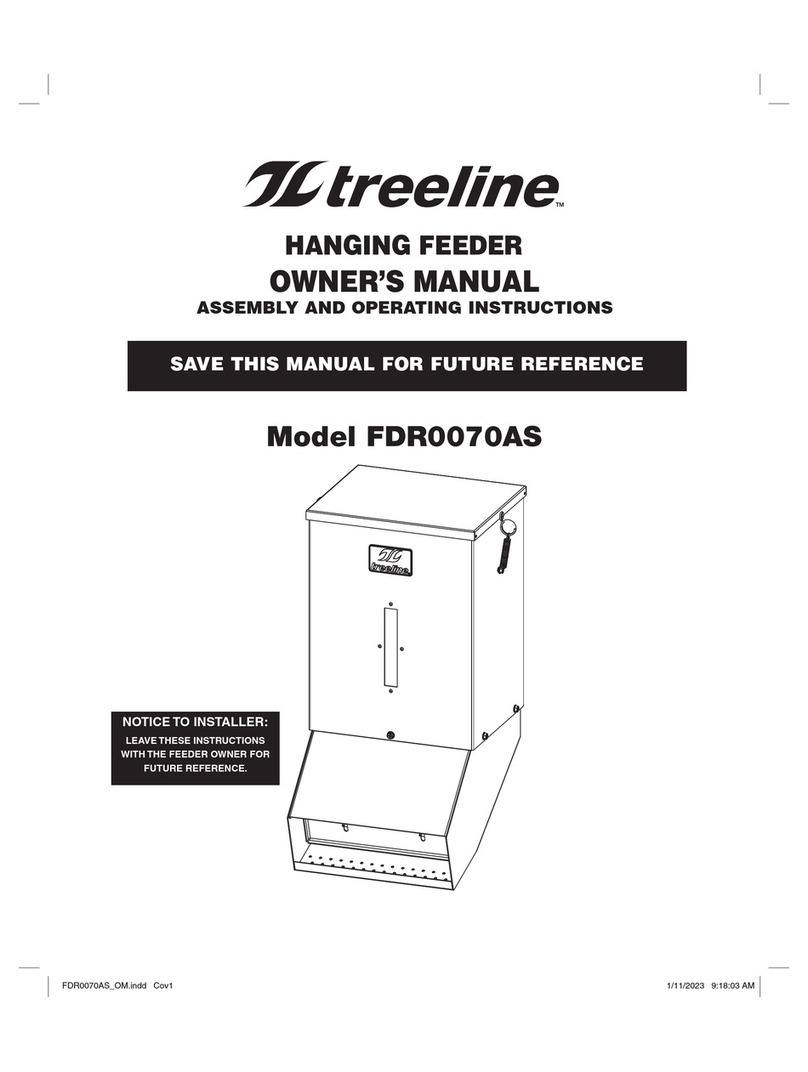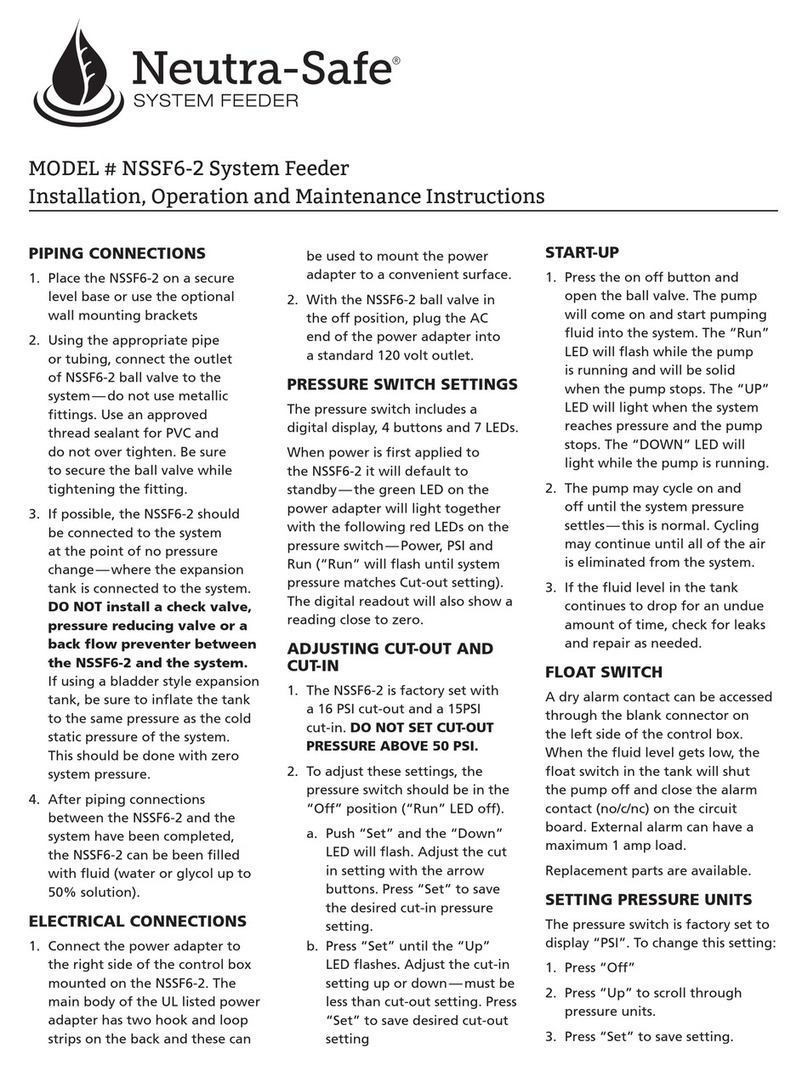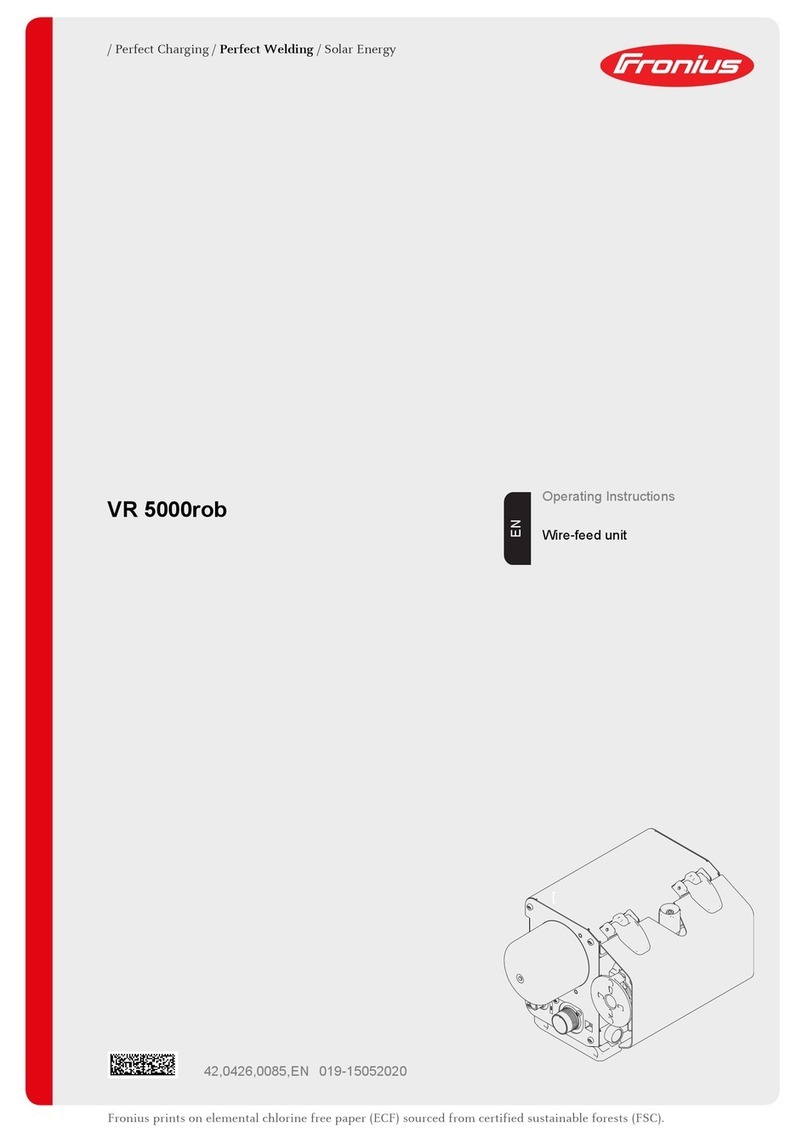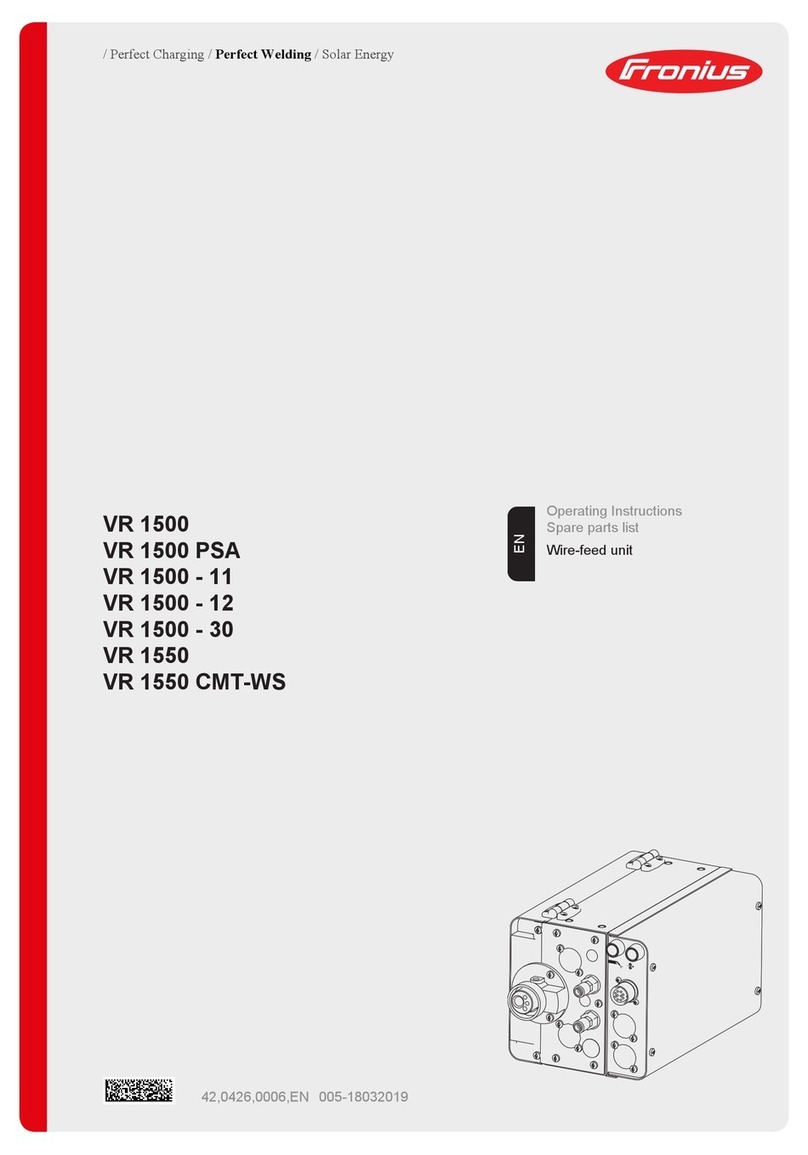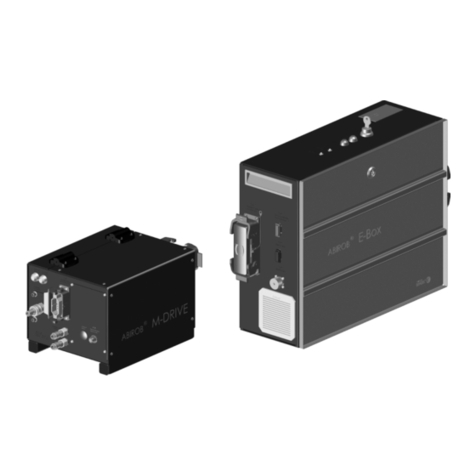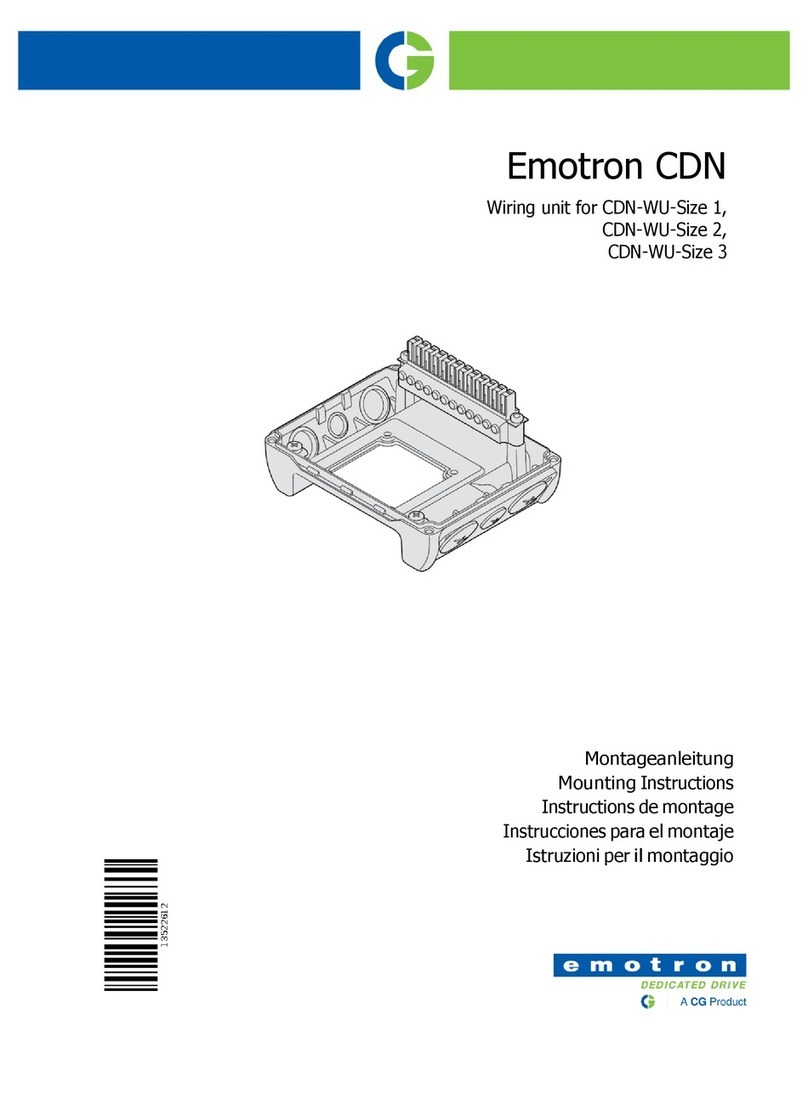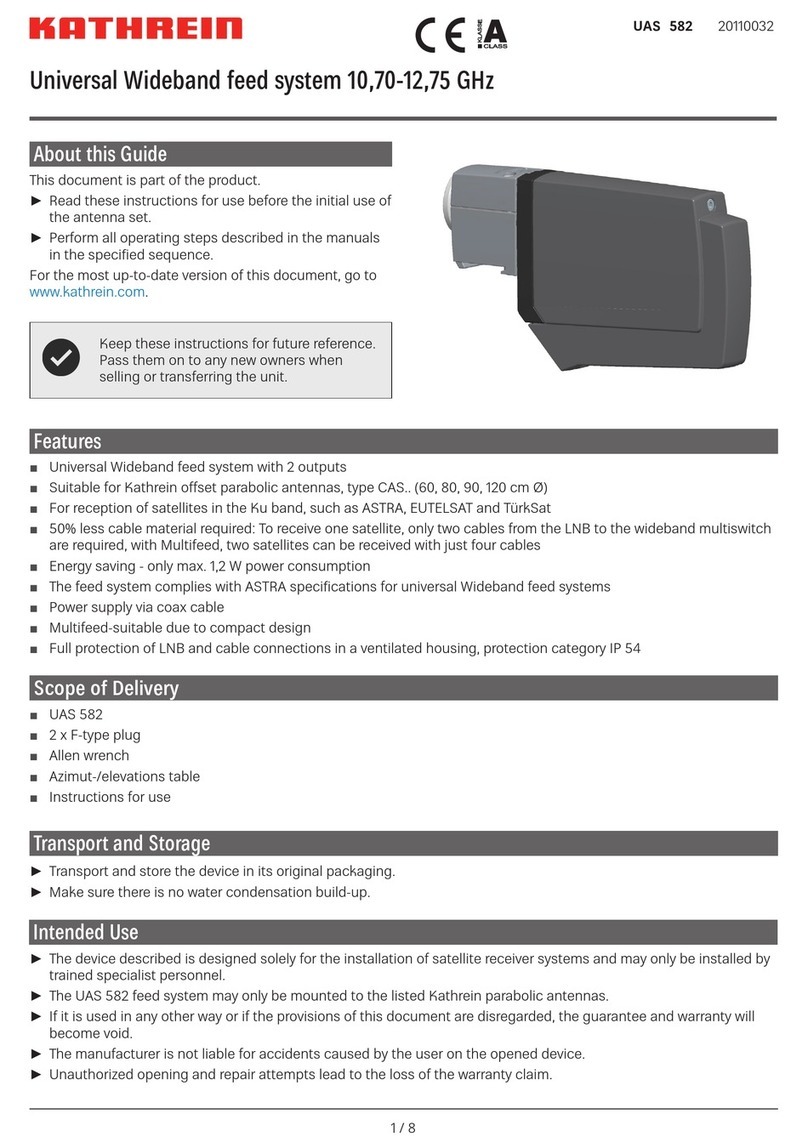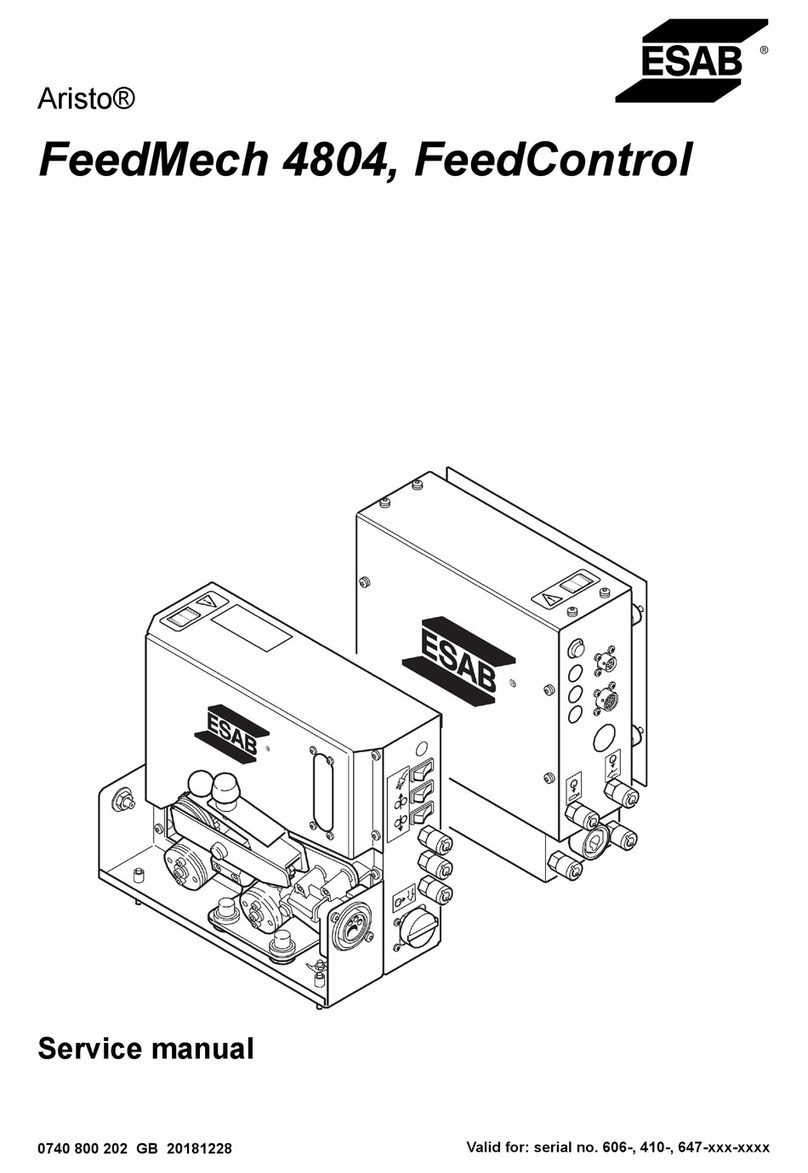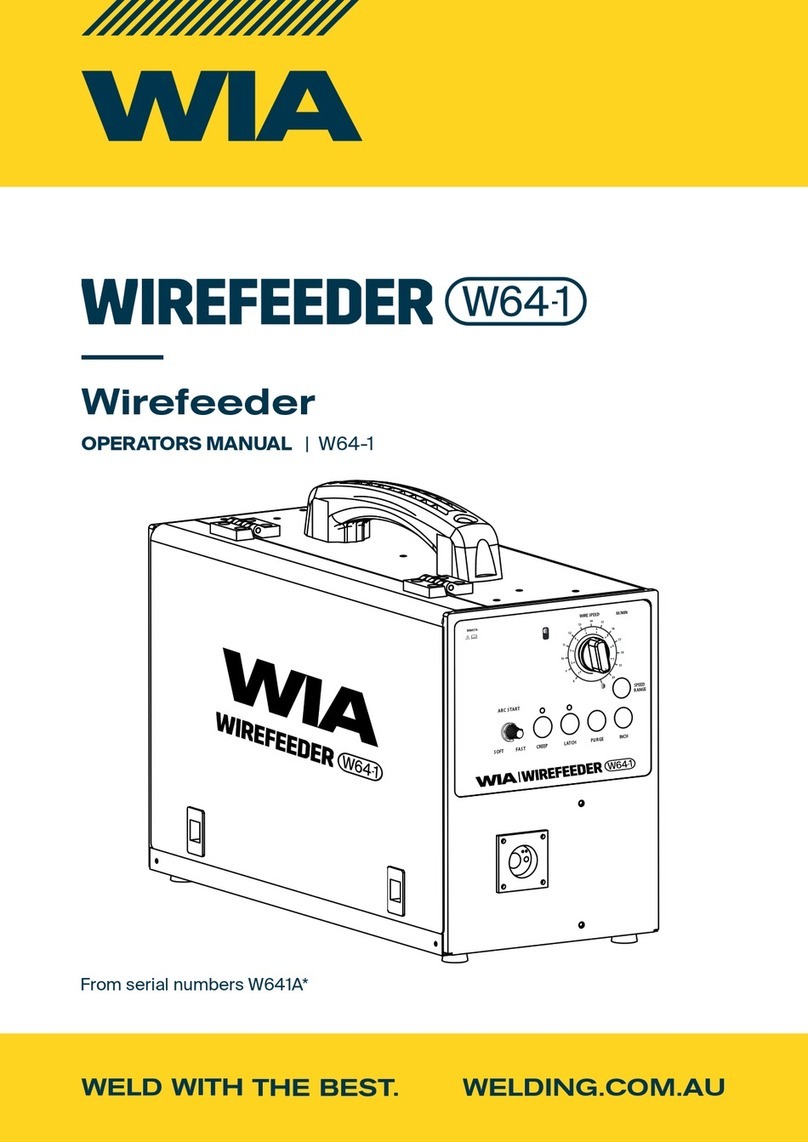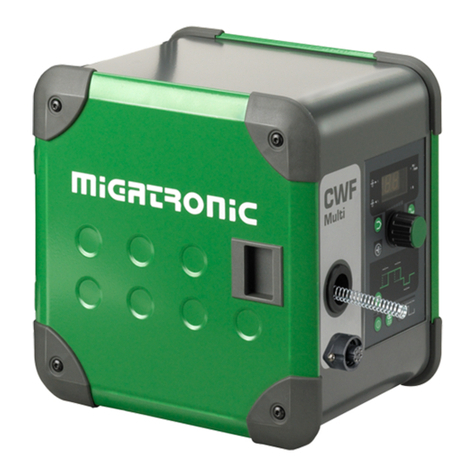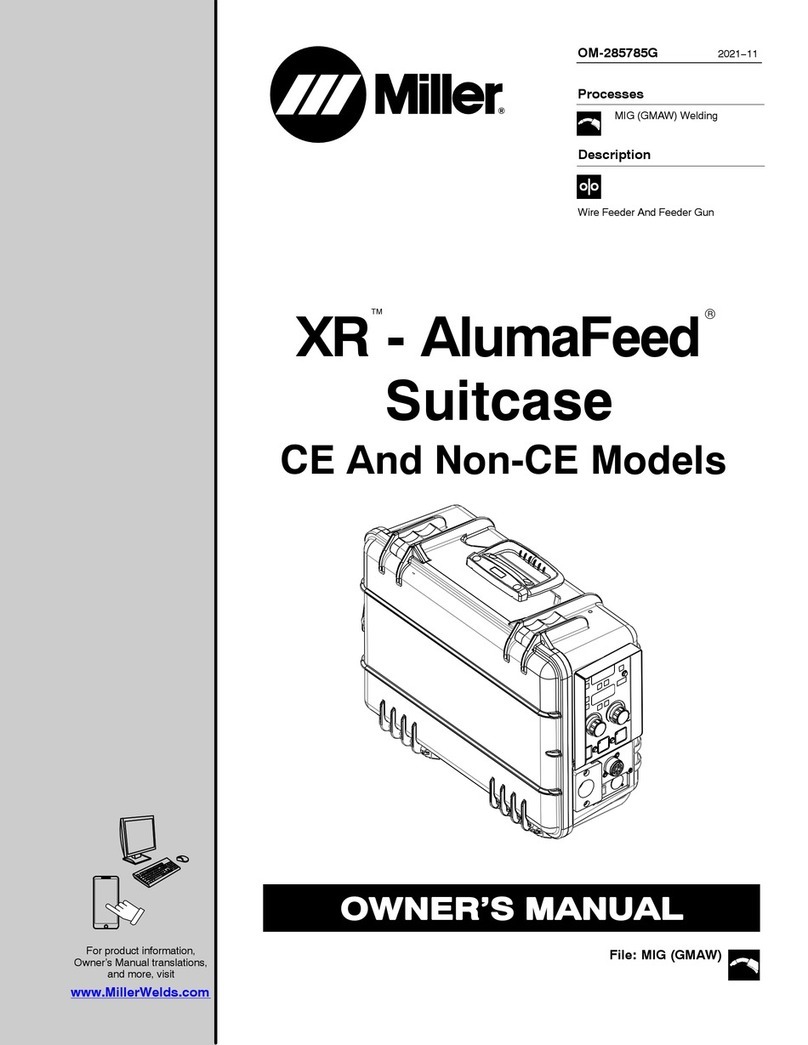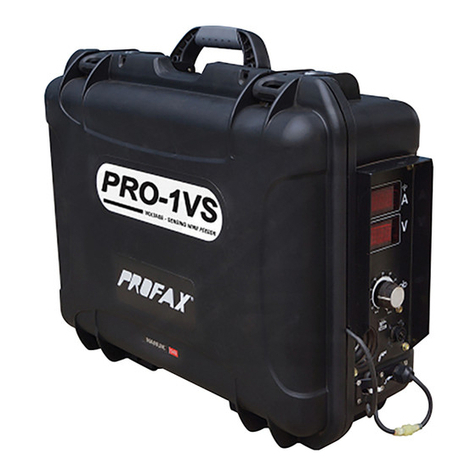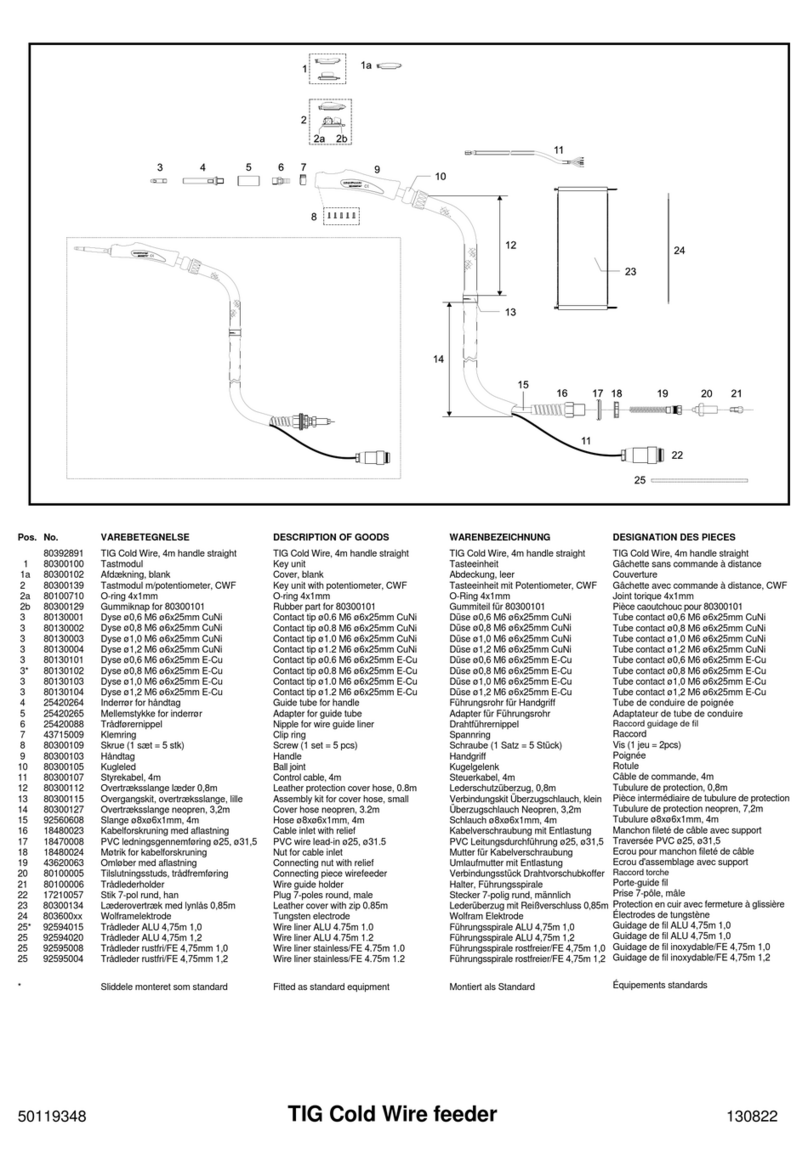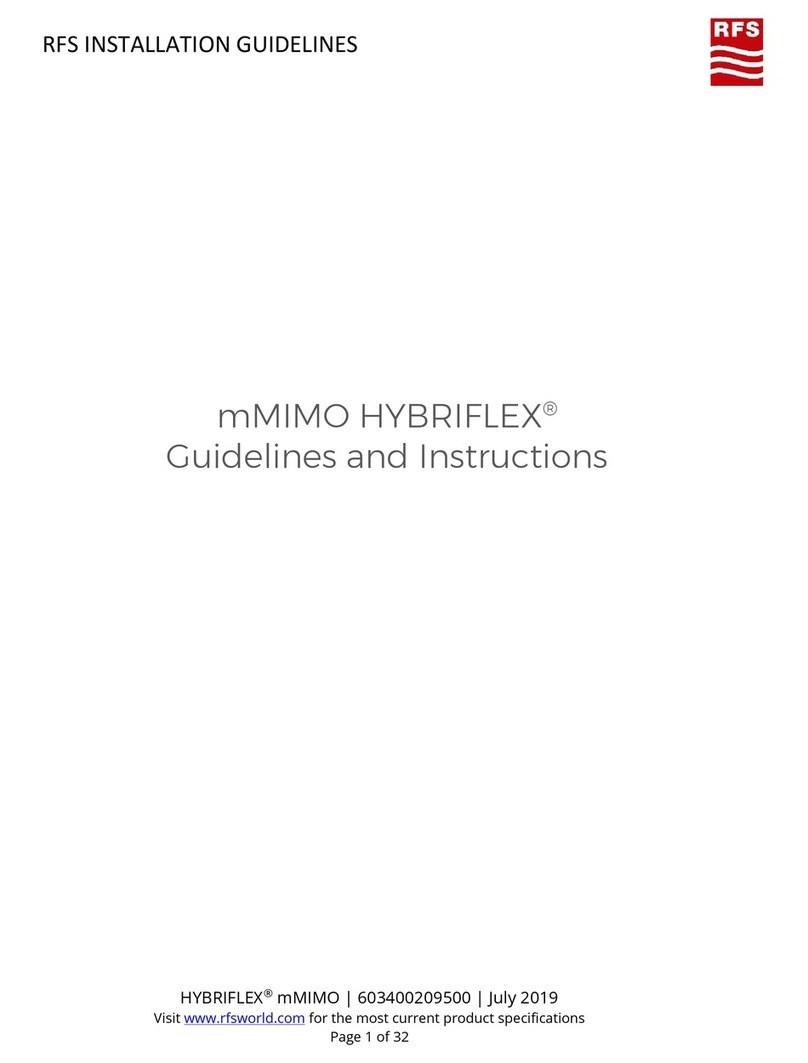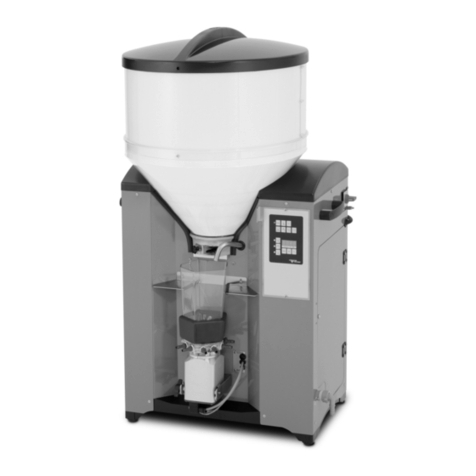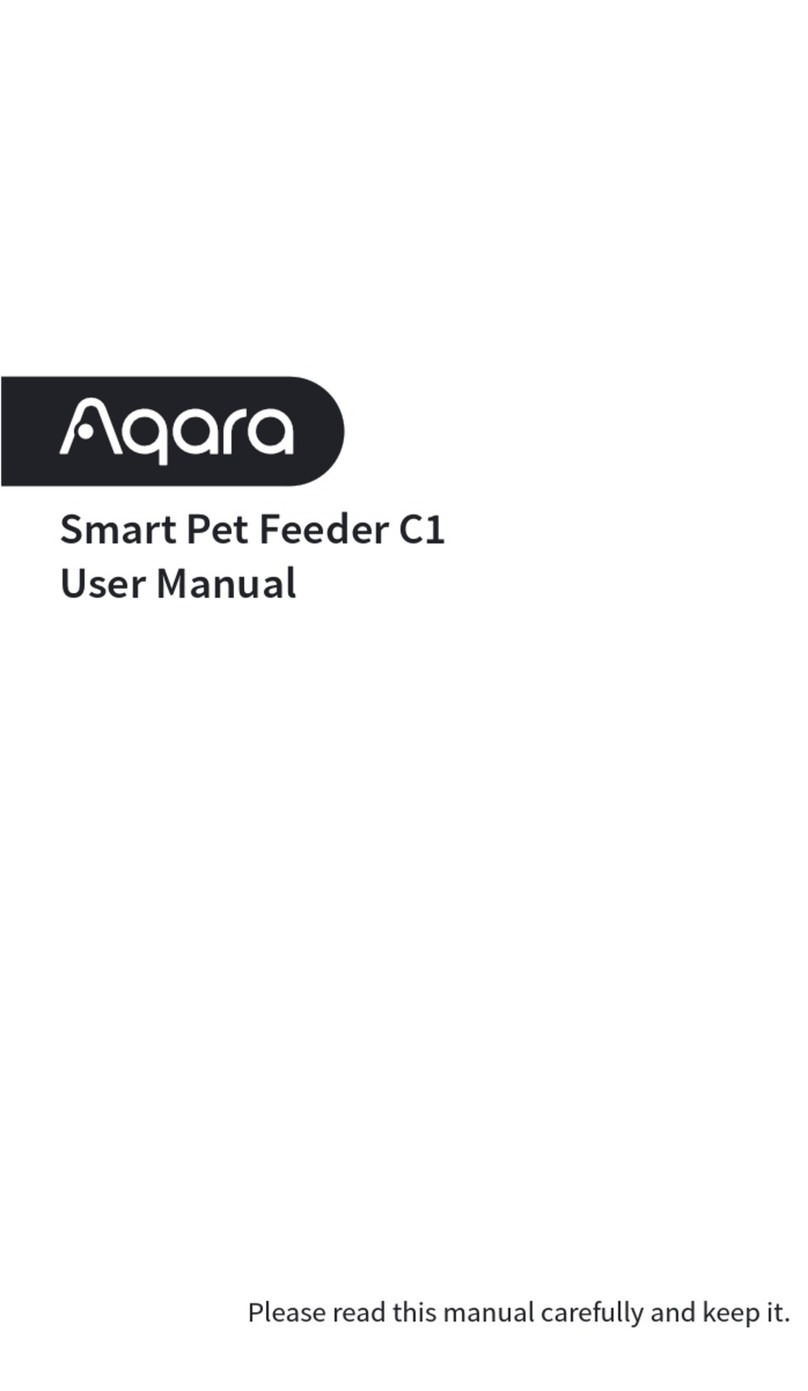
5
EN
Contents
Safety rules ................................................................................................................................................ 7
General ................................................................................................................................................. 7
Proper use ............................................................................................................................................ 7
Environmental conditions...................................................................................................................... 8
Obligations of the operator.................................................................................................................... 8
Obligations of personnel ....................................................................................................................... 8
Mains connection .................................................................................................................................. 8
Protecting yourself and others .............................................................................................................. 9
Danger from toxic gases and vapours .................................................................................................. 9
Danger from flying sparks ..................................................................................................................... 10
Risks from mains current and welding current...................................................................................... 10
Meandering welding currents................................................................................................................ 11
EMC Device Classifications .................................................................................................................. 12
EMC measures ..................................................................................................................................... 12
EMF measures...................................................................................................................................... 12
Specific hazards.................................................................................................................................... 13
Factors affecting welding results........................................................................................................... 15
Danger from shielding gas cylinders..................................................................................................... 15
Danger from escaping shielding gas..................................................................................................... 15
Safety measures at the installation location and during transport ........................................................ 16
Safety measures in normal operation ................................................................................................... 16
Commissioning, maintenance and repair.............................................................................................. 17
Safety inspection................................................................................................................................... 17
Disposal ................................................................................................................................................ 17
Safety symbols...................................................................................................................................... 18
Data protection...................................................................................................................................... 18
Copyright............................................................................................................................................... 18
General 19
General ...................................................................................................................................................... 21
Device concept ..................................................................................................................................... 21
Warning notices on the device.............................................................................................................. 21
Crane transport ..................................................................................................................................... 23
Controls, connections and mechanical components 25
WF 25i Case D200 controls, connections and mechanical components ................................................... 27
Safety.................................................................................................................................................... 27
Front of wire-feed unit ........................................................................................................................... 27
Wire-feed unit side ................................................................................................................................ 28
WF 25i Case D300 controls, connections and mechanical components ................................................... 29
Safety.................................................................................................................................................... 29
Front of wire-feed unit ........................................................................................................................... 29
Wire-feed unit side ................................................................................................................................ 30
Optional control panels .............................................................................................................................. 31
Safety.................................................................................................................................................... 31
General ................................................................................................................................................. 31
OPT/i WF POT control panel ................................................................................................................ 31
OPT/i WF gas test & wire threading...................................................................................................... 32
OPT/i WF Standard control panel ......................................................................................................... 34
Installation and commissioning 39
Before installation and commissioning....................................................................................................... 41
Safety.................................................................................................................................................... 41
Proper use ............................................................................................................................................ 41
Setup regulations .................................................................................................................................. 41
Connecting the interconnecting hosepack and MIG/MAG welding torches ............................................... 42
Safety.................................................................................................................................................... 42
